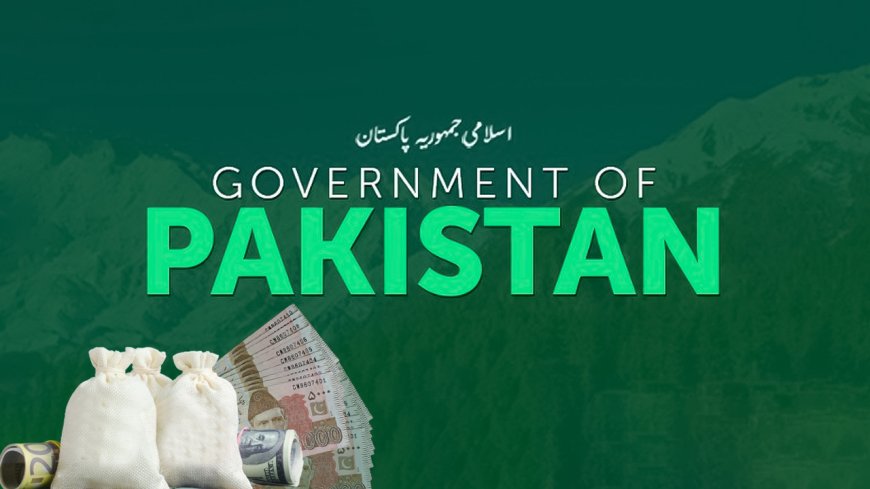Government Considering Reserve Utilization for Debt Repayment
Pakistan has to make large repayments that will keep default risks high

Islamabad: Moody’s Ratings anticipates that Pakistan will tap into its foreign exchange reserves to settle its upcoming maturing foreign debt, thereby maintaining elevated default risks in the near term.
According to a report released by the global rating agency, "Argentina, Pakistan, and Tunisia face substantial market debt repayments in the next two years compared to their foreign exchange reserves. In the absence of fresh foreign currency financing from development partners, these nations are likely to utilize their foreign exchange reserves for debt repayments. This action will diminish their foreign exchange liquidity reserves and sustain heightened default risks in the near term."
The agency also noted that the substantial interest payments would leave the government with minimal fiscal room to absorb any unforeseen shocks.
The Pakistani government is actively in discussions with the International Monetary Fund (IMF) to secure a new loan program following the conclusion of the $3 billion standby arrangement in April 2024.
As per the latest weekly update from the State Bank of Pakistan (SBP), the country's foreign exchange reserves increased by $16 million, reaching $9.11 billion by May 31, 2024. However, these reserves still fall short when compared to the $10 billion of maturing foreign debt due by the end of July 2024, according to central bank data.
While authorities may attempt to roll over a significant portion of the debt, a portion may still need to be financed through forex reserves or by obtaining new loans.
Prime Minister Shehbaz Sharif's official visit to China, the world's second-largest economy, could potentially lead to announcements of fresh investments under the China-Pakistan Economic Corridor (CPEC) and the provision of additional loans.
Moody’s Ratings suggests that the prevailing high interest rates in global markets may dissuade Islamabad from pursuing commercial borrowing to fund debt repayments. Additionally, the agency does not anticipate an imminent reduction in the key rate by the US central bank.
Recent rate cuts by the Canadian central bank and the European Central Bank indicate a potential future reduction by the US central bank, gradually making foreign debt more manageable for emerging and frontier economies, including Pakistan.
The rating agency also predicts that emerging economies like Pakistan may maintain relatively high interest rates to attract foreign investment in local currency-denominated government debt securities.
Pakistan's central bank is scheduled to convene its monetary policy meeting on Monday, June 10, with financial markets anticipating a rate cut of up to 200 basis points to 20%.
Despite a slowdown in inflation and a positive real interest rate, the bank has kept its rate at a record high of 22% for the past 11 months.
Read more: SBP’s Forex Reserves Experience Marginal Growth: Up by $16 Million
While improved risk appetite may keep credit spreads relatively narrow, certain low-rated sovereigns with significant market repayment obligations, such as Argentina, Pakistan, and Tunisia, are expected to continue drawing on their foreign exchange reserves, thereby maintaining elevated default risks in the near term, Moody's reiterated.








